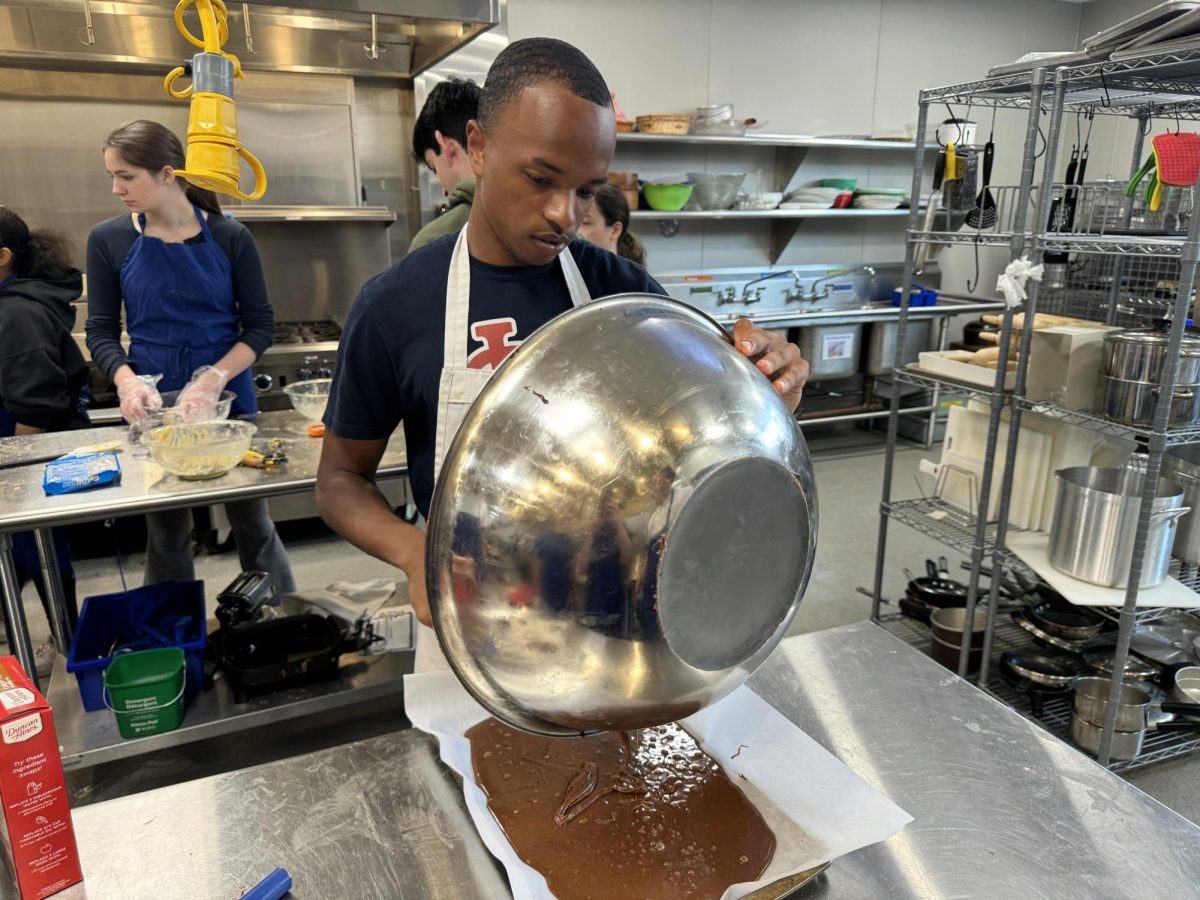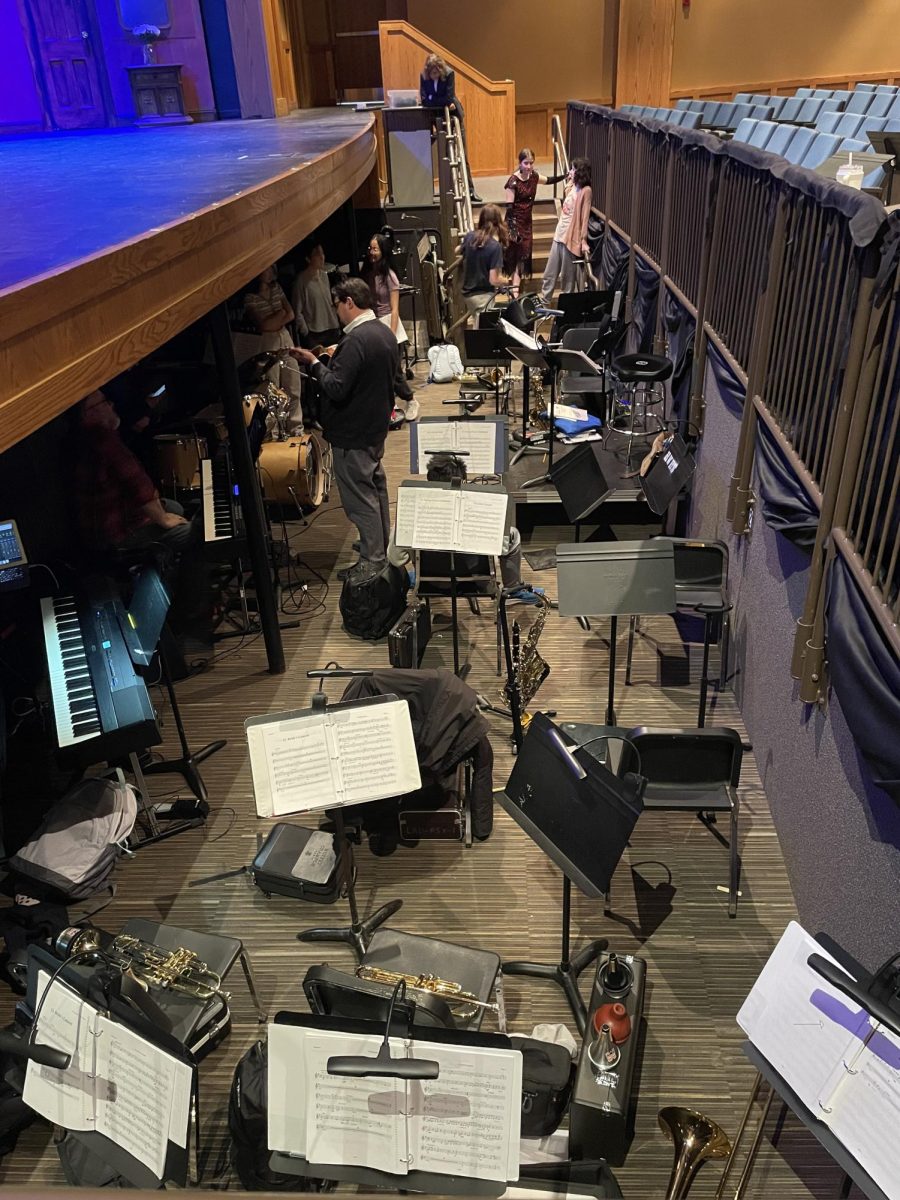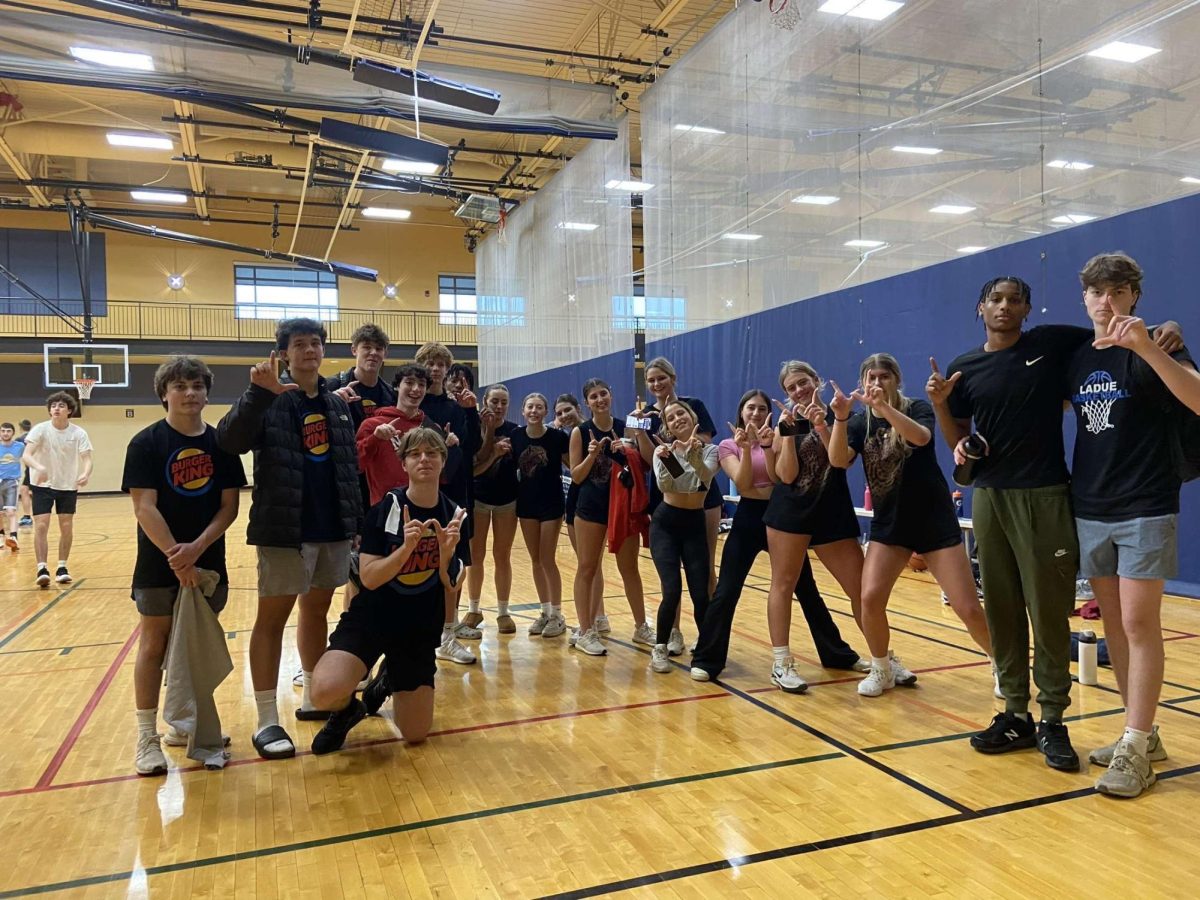With the shift to virtual learning in the 2020-21 school year, Ladue High School teachers are having a hard time making adjustments to accommodate their new virtual classrooms.
With the spread of COVID-19 ramping up all across the country, Ladue has gone completely virtual, making Zoom the new learning platform for everyone. With this quick transition to Zoom, teachers are having to make lesson plans every day and calling the shots as the year goes by.
“A lot of times teachers have our meetings after school where we touch base with curriculum groups to see how various lessons have been going,” Kimberly Gutchewsky, a 27th year English teacher, said. “In this online era, we are reinventing pretty much everything we do.”
With the new Blue/White day structure and limitations of Zoom, many teachers have been forced to condense their curriculums and scrap activities deemed unnecessary, leading to a more lecture-based, independent curriculum.
“With only two class meetings a week, I can’t teach a 600-page novel in AP Lit anymore. Instead, I have found shorter pieces for all of my classes; I have found ways to pull out what’s truly essential in any given unit to focus on the skills,” Gutchewsky said. “I hate to say it, but some of the more fun things like group work, none of that works very well on Zoom. That was fun to promote good conversations [and] it promoted good community.”
Having only two 55-minute classes per week over Zoom has severely downgraded the level of interactive activities teachers can offer. As a result, many teachers are struggling to incorporate the most important material of the curriculum while also trying to replicate the in-person school experience.
“[There is] the inability to create the community of learning that really can only happen in a dynamic setting with students in person. There is no really good way to read body language and pull kids in or highlight fun things that would just organically occur in a physical meeting face-to-face,” Amanda Kaupp, an AP Psychology teacher, said. “Students are much less likely to just speak up because they all muted themselves for good reasons, but it takes away that interpersonal energy.”
There’s no question that Zoom is a great alternative to in-person school when humanity is in a pandemic. But when every student is now confined to a small box on a screen, the potential to build communities and engage students is extremely limited.
“You can learn a tremendous amount of a language in the classroom of a foreign language. Anybody can walk into a classroom and learn literature and the grammar and the basics, but the best way to learn a language is an immersion experience when you go and you really pick it up. That’s where I’m feeling a disconnect,” Kaupp said. “I feel like the screen is a barrier to that authenticity. It’s better than nothing. I mean, thank God, we even can see each other face-to-face. But when you’ve got 25 faces on the screen, it’s just not the same.”
It’s not just the curriculum and community building that is giving teachers trouble. With the rapid implementation of technology, there are bound to be bugs, glitches, disconnections, and many other errors that happen spontaneously.
“Until it happened, all I could do was plan on the theoretical. It was only once we got into the classroom, then you start to really figure out, Okay, so what happens when Zoom goes down? What happens when Google Classroom has a glitch? What happens when you lose a student who refuses to turn on their camera? All of those things were out there swimming in the abstract. But you couldn’t do anything about them until you were in that situation in order to be able to truly problem solve,” Kaupp said. “It’s a two-way street. It’s a relationship. And when we can meet halfway, knowing that this is awkward for all of us, it makes it easier for all of us.”
When combining all these factors together – the absence of interactive activities, the lack of community building, and the errors in technology – students are much less willing to participate. Sometimes it’s easier to press Mute and look at one’s phone than to keep up with class. For teachers, that has often been the crux of the issue with virtual learning.
“It’s so much easier to be a passive learner. It’s so much easier to sit and get, rather than be engaged. And I think the transition of online learning is turning a lot of my students into passive learners that just want to receive, you know, be told what to do. ‘Give me the basics, because I just need to get through it,’” Gutchewsky said. “I do wonder if we will commit to doing a better job building community and being active learners and trying new things if we get the word that we’re going to be online for the rest of the semester. So a lot of folks are just trying to ride this out, and they’re going to do school for real when we get back to school. But if we learn that that’s not going to happen this semester, it’ll be interesting to see if we then figure out a better way to make Zoom work for everybody.”









